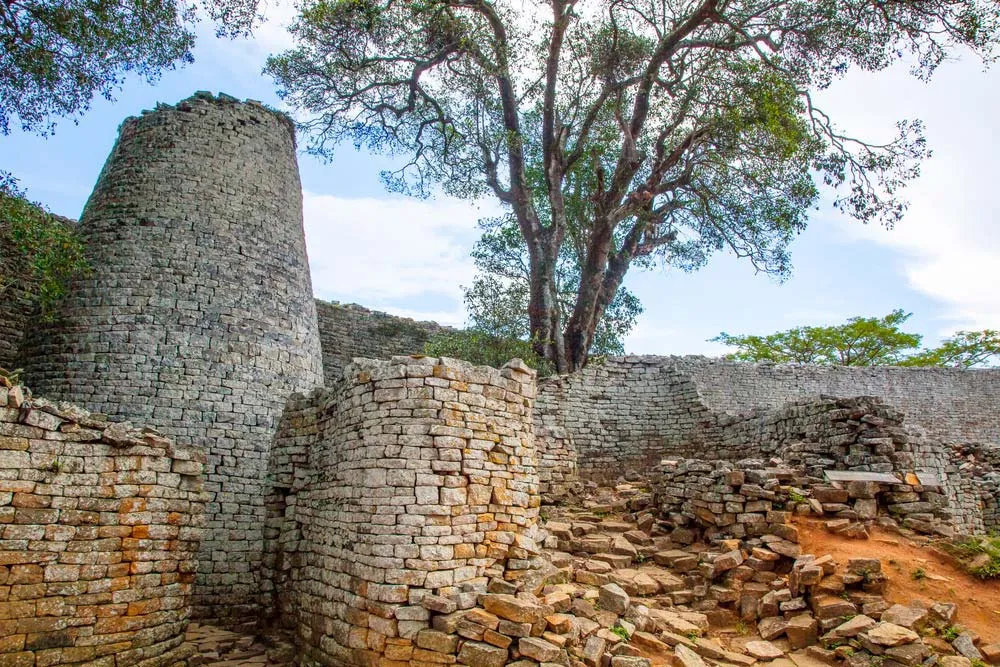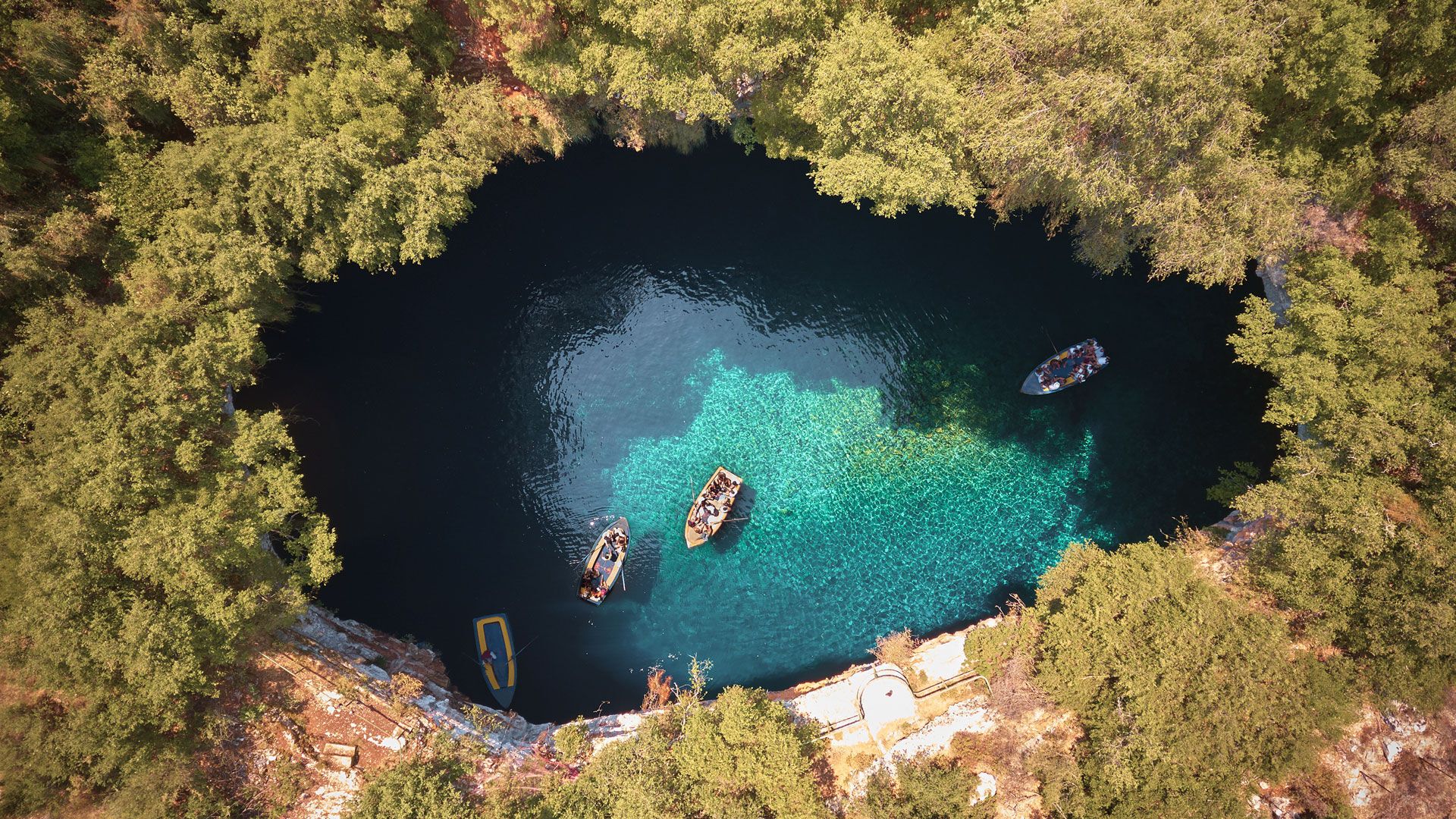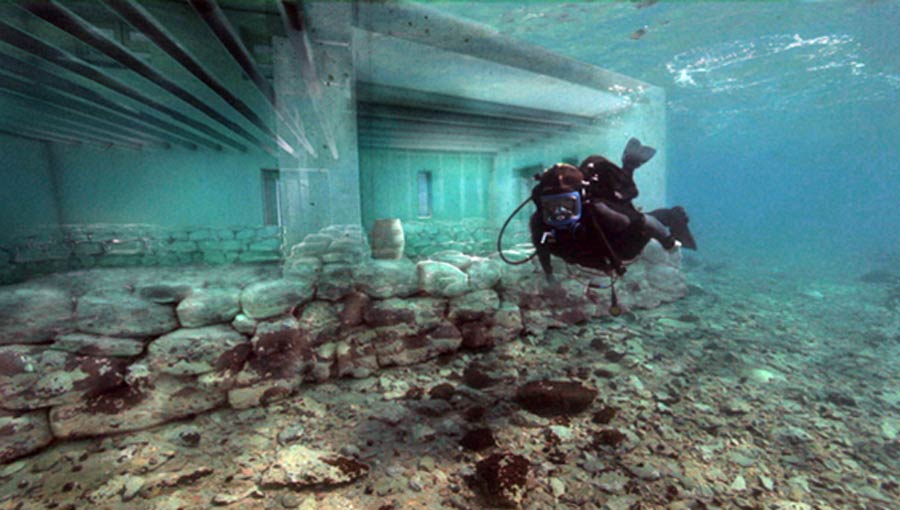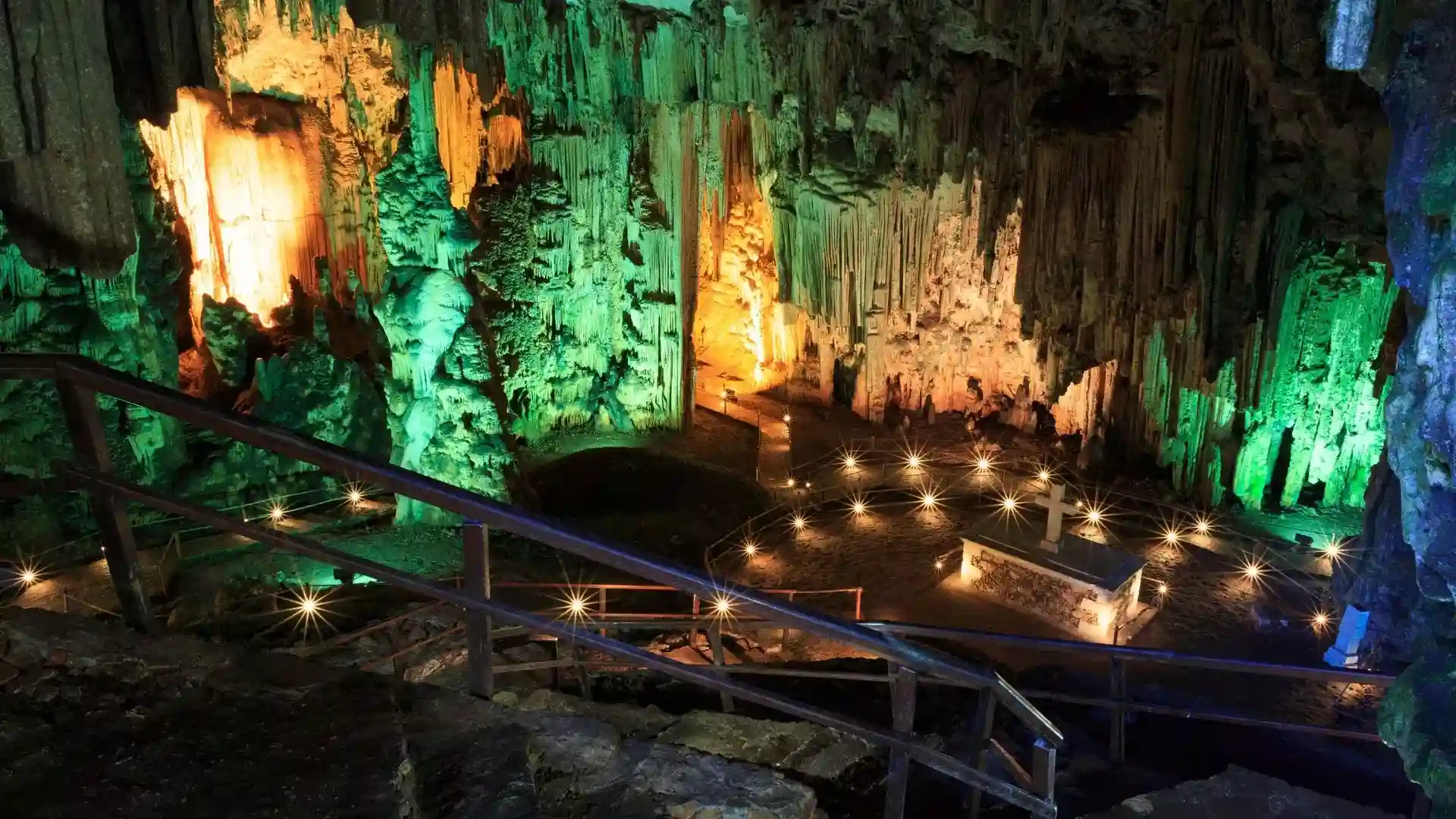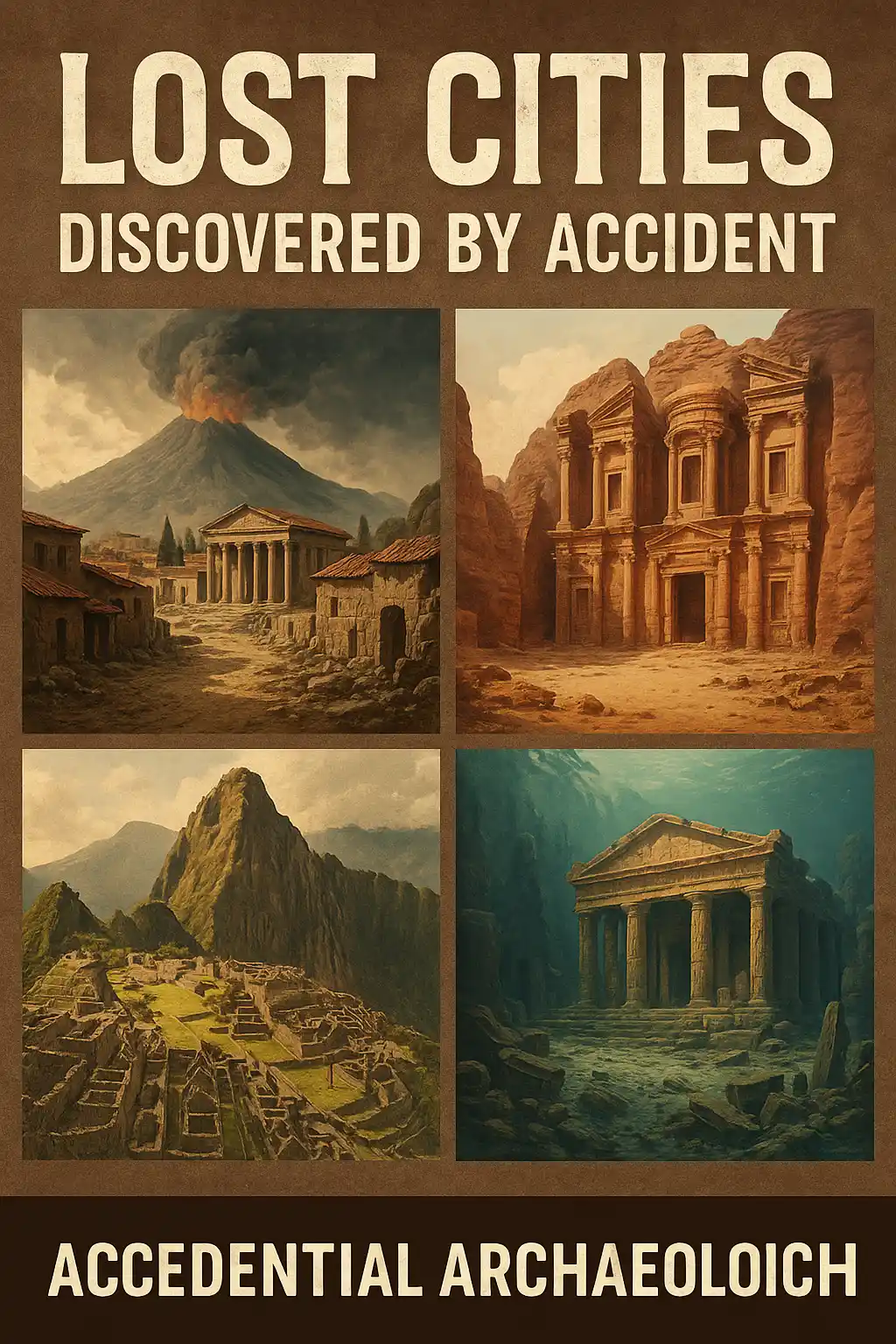
Some of the most astonishing breakthroughs in archaeology weren’t found through systematic digs or high-tech surveys—they were stumbled upon completely by accident. These unexpected findings, often made by farmers, homeowners, or explorers in remote regions, have revealed entire cities, long-lost technologies, and artifacts that challenged historical assumptions. Accidental archaeological discoveries have reshaped our understanding of human civilization, offering surprising insights into the ingenuity and complexity of our ancestors. what we know about ancient civilizations, often found in places no one expected, during activities as ordinary as digging a well or renovating a home.
The Terracotta Army: Discovered by Farmers
In 1974, while digging a well near Xi’an in China, local farmers uncovered fragments of pottery. They had no idea they were standing above the burial site of Emperor Qin Shi Huang, guarded by an army of thousands of life-sized terracotta warriors. Each statue bore unique facial expressions and uniforms, evidence of an advanced ancient society with meticulous craftsmanship. Today, the Terracotta Army is a national treasure and a centerpiece of Chinese history. You can explore the Smithsonian Institution’s deep dive into ancient Chinese funerary practices for further context.
Derinkuyu: A Hidden City Beneath a House
In 1963, a homeowner in Cappadocia, Turkey, was remodeling his basement when he accidentally discovered a tunnel. That tunnel led to Derinkuyu, a sprawling underground city carved into volcanic rock, capable of housing 20,000 people. Derinkuyu contained kitchens, wells, storage rooms, churches, and even a ventilation system. This accidental archaeological discovery demonstrated the lengths to which ancient communities went to protect themselves from invasion or persecution.
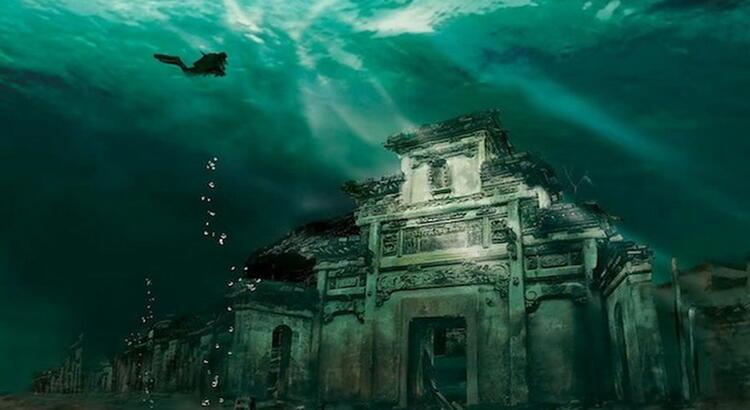
Heracleion: Egypt’s Sunken City
For centuries, the Egyptian city of Heracleion was dismissed as a legend. But in 2000, French underwater archaeologist Franck Goddio uncovered its ruins beneath the waters of the Mediterranean. Fishermen had long reported hauling up mysterious artifacts near the Abu Qir Bay, prompting further investigation. The city revealed colossal statues, stone slabs with Greek and Egyptian inscriptions, and remnants of ancient harbors. The National Geographic Society features more on how underwater archaeology continues to reveal lost cities like Heracleion.
Machu Picchu: A Mistaken Identity
Hiram Bingham III, an American historian, wasn’t looking for Machu Picchu when he found it in 1911. He was actually in search of the last Incan stronghold of Vilcabamba. Local farmers led him to an overgrown site in the mountains of Peru, where he encountered the breathtaking city now known as Machu Picchu. Its stunning architecture, with precisely cut stones and panoramic views, continues to awe researchers and tourists alike. This UNESCO World Heritage Site has become a global icon of ancient ingenuity and mystery.
Lascaux Caves: Prehistoric Art Unearthed by Teens
In 1940, four teenage boys and their dog uncovered the entrance to what would become one of the most famous cave art sites in the world: the Lascaux caves in France. The walls displayed over 600 animal figures, painted in rich detail and color. These Paleolithic artworks, estimated to be around 17,000 years old, include depictions of bulls, deer, horses, and human figures. The discovery drastically altered perceptions of prehistoric people, proving they were capable of profound artistic expression and symbolic thinking.
Stadium of Domitian: Ancient Rome Beneath Modern Life
Rome is a city built atop itself, layer upon layer of history. During renovations and excavations in the 1930s, workers uncovered the remains of the Stadium of Domitian, which now lies beneath Piazza Navona. This first-century stadium once held athletic games and cultural events. As Rome modernized, ancient structures were often buried rather than destroyed, leading to many accidental archaeological discoveries beneath its streets and piazzas.
The Ruins of Great Zimbabwe: Rediscovered by Colonial Explorers
In southeastern Africa, the ancient city of Great Zimbabwe stood as the capital of a powerful medieval kingdom. While the ruins were always known to locals, European explorers first took serious interest in the late 19th century when they stumbled upon massive stone walls and towers unlike any other architecture on the continent. Although not an entirely forgotten site, its global significance was only recognized after these accidental encounters, sparking new debates about indigenous African civilizations and architectural achievements.
The Antikythera Mechanism: A Shipwreck Surprise in Greece
In 1901, sponge divers off the coast of Antikythera, a small Greek island, discovered a sunken Roman ship. Among its cargo was a corroded bronze object, later identified as the Antikythera Mechanism—a complex ancient Greek device used to predict astronomical positions and eclipses. This accidental archaeological discovery revealed that ancient engineers possessed far more sophisticated knowledge than previously assumed. Scholars today consider it the earliest known analog computer.
Pavlopetri: The Submerged City of Greece
In 1967, a team of marine geologists mapping the seafloor off the coast of Laconia in southern Greece unintentionally discovered Pavlopetri—a submerged Bronze Age city over 5,000 years old. Streets, buildings, courtyards, and even a cemetery were preserved beneath the sea, offering an unparalleled look into urban planning in ancient times. Pavlopetri stands as one of the oldest known underwater cities ever found, reshaping views of early Greek society and maritime culture.
These remarkable accidental archaeological discoveries serve as powerful reminders that our modern world rests atop centuries of forgotten history. Ordinary people—farmers, homeowners, teens, and construction workers—have helped bring humanity’s deepest past to light, often without even trying. that our modern world rests atop centuries of forgotten history. Ordinary people—farmers, homeowners, teens, and construction workers—have helped bring humanity’s deepest past to light, often without even trying.
The Importance of Unplanned Discoveries
While planned archaeological digs are essential, the unplanned ones often yield the most surprising and paradigm-shifting finds. Accidental archaeological discoveries can bring to light entire cities or lost civilizations that had vanished from written records. They broaden our understanding and add unexpected chapters to human history.
What to Do If You Make an Accidental Archaeological Discovery
If you happen to find what looks like an artifact or an unusual structure while digging or renovating, the first step is to stop all activity. Contact your local archaeological department or historical preservation office. Avoid moving or cleaning the item, as doing so could damage valuable context. Document the location, take photos, and allow professionals to handle the preservation and analysis.
For those interested in the professional side of this work, the Archaeological Institute of America provides excellent resources and opportunities to get involved in preservation and study.
[max_newsletter_form]


